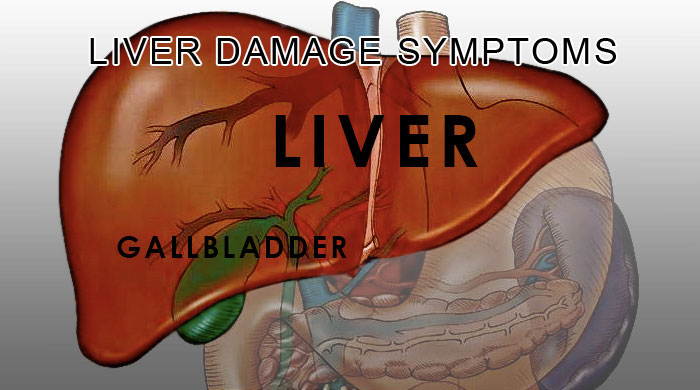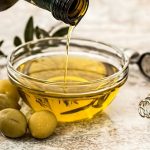As the number of overweight individuals increases we are seeing an increase in the number of people dealing with diseases associated with obesity. Obesity in the United States has doubled in the last decade.
Nonalcoholic Fatty Liver Disease is where fat accumulates in the liver of people who drink little or no alcohol. NAFLD is sometimes called the silent liver disease because it can often be symptomless. Diagnosis is for NAFLD is often found when a different medical issue is being investigated.
Drinking too much alcohol can damage your liver also. The American Heart Association defines moderate drinking as one four ounce glass of wine per day for women and two four ounce glasses of wine per day for men. Binge drinking is never safe or healthy.
Your liver is necessary for your body to function properly. Critical functions of your liver include: maintain glucose concentrations in your blood, remove toxins and synthesize proteins. Excess fat is toxic to liver cells. Not dealing with liver fat can lead to liver cirrhosis (irreversible scaring) or liver cancer.
Causes:
There does not seem to be a specific cause for nonalcoholic fatty liver disease. However, obesity and insulin resistance are almost always present when diagnosed.
Symptoms:
Many times there will be no symptoms at all. Possible symptoms include:
- Upper right abdomen dull ache
- Weight loss
- Nausea
- Lack of appetite
- Fatigue
- Weakness
- Bruise easily
- Yellowing of skin or eyes
- Loss of libido
- Dark brown urine
- Itching hands and/or feet
- Swelling of legs and feet
- Trouble Concentrating
- Mental confusion
Risk Factors:
People at risk for Coronary Heart Disease are also at risk for Nonalcoholic Fatty Liver Disease.
- Middle Aged
- Obese (Overweight)
- High Blood Sugar – Prediabetes or Type 2 Diabetes
- Insulin Resistant
- Elevated Cholesterol
- Elevated Triglycerides
- Polycystic Ovary Syndrome (PCOS)
- Metabolic Syndrome
Diagnosis:
An MRI is best for diagnosing NAFLD. After your MRI your doctor may want to do a biopsy to confirm diagnosis.
Many people learn the have a fatty liver when tests come back with results from researching some other medical issue.
Treatment:
Lose Weight – Get your body mass index (BMI) into a healthy range.
Increase Exercise – Get yourself into a regular workout routine and be faithful. Exercise improves all your body’s processes and increases muscle mass and stamina.
Control Insulin – Get your insulin and diabetes under control with medication.
Control Cholesterol – Get help from your doctor on controlling your cholesterol numbers.
Prevention:
Eat a healthy diet full of fresh fruit, vegetables, whole grains and healthy fats.
Maintain a healthy weight. Know your BMI (body mass index). Know your healthy weight range. Click here for Health Surgeon’s Ideal Weight calculator.
Exercise. Get some regular exercise most days of the week.
Medical professionals are seeing a steady increase in fatty liver disease. Your health is valuable. Maintaining a healthy lifestyle can help you avoid some diseases. The 4 keys to liver health are: eat healthy, exercise, maintain a healthy weight and moderate alcohol consumption.
Whether you want to nourish and detoxify, improve energy and sleep, gain muscle, lose weight, look younger or think clearly and feel happier, the Ultimate Lifestyle Transformation kit provides amazing results to help you feel your best! This pack will power you up with 30 days (60 meals) of delicious, pure, organic, and non-GMO, shelf stable superfood nutrition delivered direct to your door.
Your liver is essential for your body to function! There are some simple health keys to preventing liver damage! #HealthSurgeon
READ MORE: 10 Signs & Symptoms Of Having Damaged Liver
Sources:
https://pubmed.ncbi.nlm.nih.gov/18454505/
https://www.mayoclinic.org/diseases-conditions/nonalcoholic-fatty-liver-disease/symptoms-causes/syc-20354567
https://www.hopkinsmedicine.org/health/conditions-and-diseases/nonalcoholic-fatty-liver-disease









